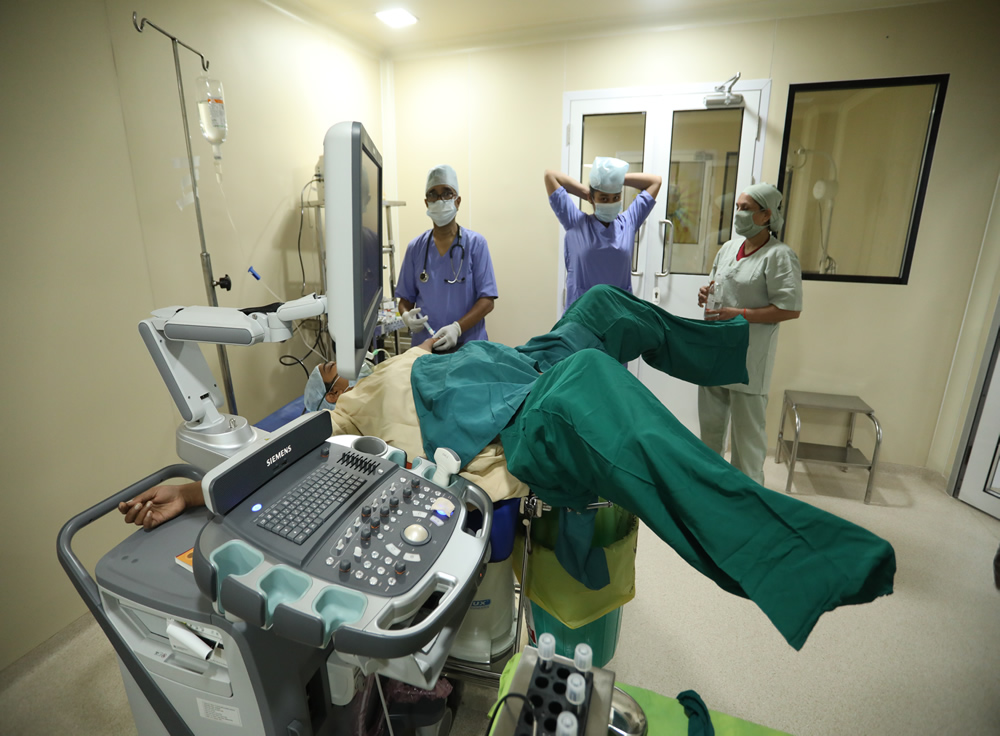Colposcopy is a medical procedure used to closely examine the cervix, vagina, and vulva for signs of disease or abnormalities. It's typically performed by a Gynaecologist. Here's an overview of what colposcopy involves:

1. Purpose: Colposcopy is primarily used to investigate abnormalities found during routine cervical cancer screening tests, such as Pap smears or HPV tests. It helps to identify precancerous changes, cervical dysplasia, genital warts, inflammation, or other abnormal tissue changes.
2. Procedure: During colposcopy, the patient lies on an examination table, similar to a pelvic exam. A speculum is inserted into the vagina to provide a clear view of the cervix. The colposcope, which is a specialized magnifying instrument with a light source, is then positioned near the vaginal opening to allow to examine the cervix, vagina, and vulva in detail.
3. Dye or Acetic Acid Application: In some cases, acetic acid or iodine may be applied to the cervix to highlight abnormal areas, making it easier to see through the colposcope.

4. Biopsy: If abnormal areas are detected during colposcopy, a biopsy may be performed. During a biopsy, small tissue samples are taken from the abnormal areas for further examination under a microscope. This helps to confirm a diagnosis and determine the severity of any abnormality.
5. Potential Discomfort: While colposcopy is generally well-tolerated, some women may experience mild discomfort or cramping during the procedure, particularly during biopsy. However, it is usually brief and manageable.
6. Aftercare: After colposcopy, most women can resume their normal activities immediately. However, it's common to experience light vaginal bleeding or discharge for a few days after the procedure.
7. Follow-Up: Depending on the findings of the colposcopy and biopsy, further monitoring or treatment may be necessary. This could include repeat colposcopy, additional biopsies, or interventions such as cryotherapy, laser therapy, or surgical excision to remove abnormal tissue.
Colposcopy is a valuable tool in the early detection and management of cervical abnormalities, providing important information for the prevention and treatment of cervical cancer. Individuals need to attend regular cervical cancer screenings as recommended by their healthcare provider, as early detection greatly improves treatment outcomes.